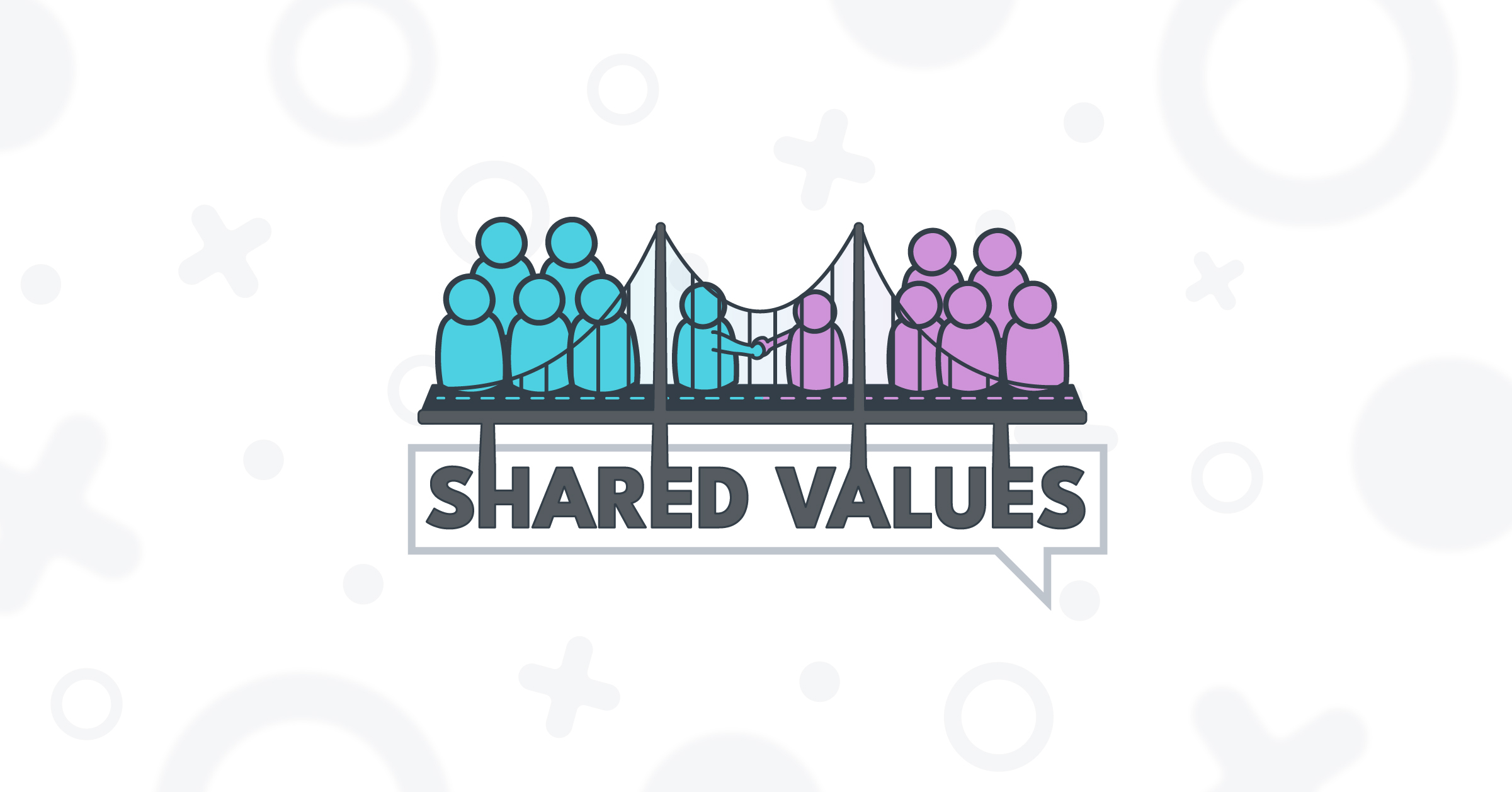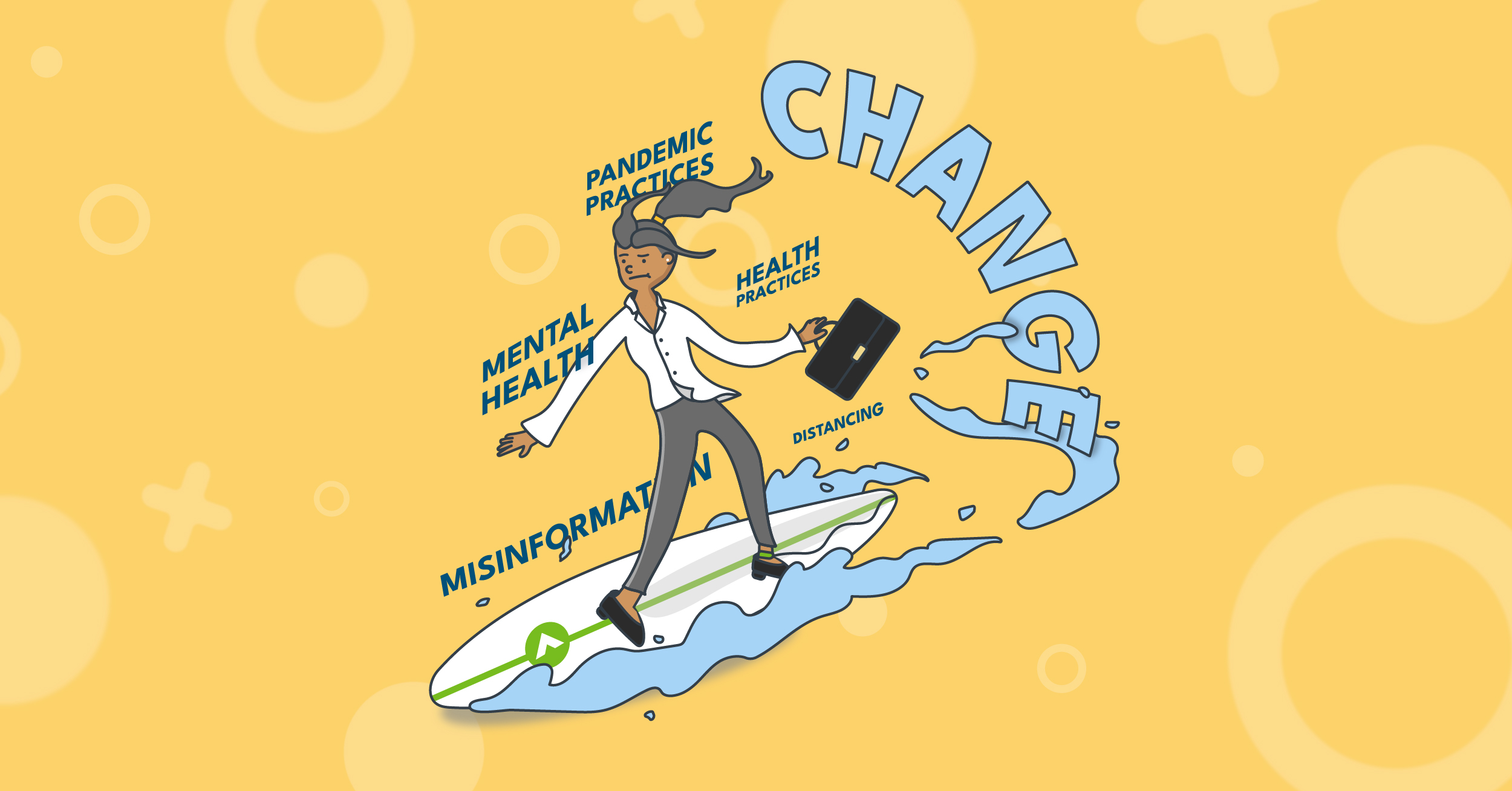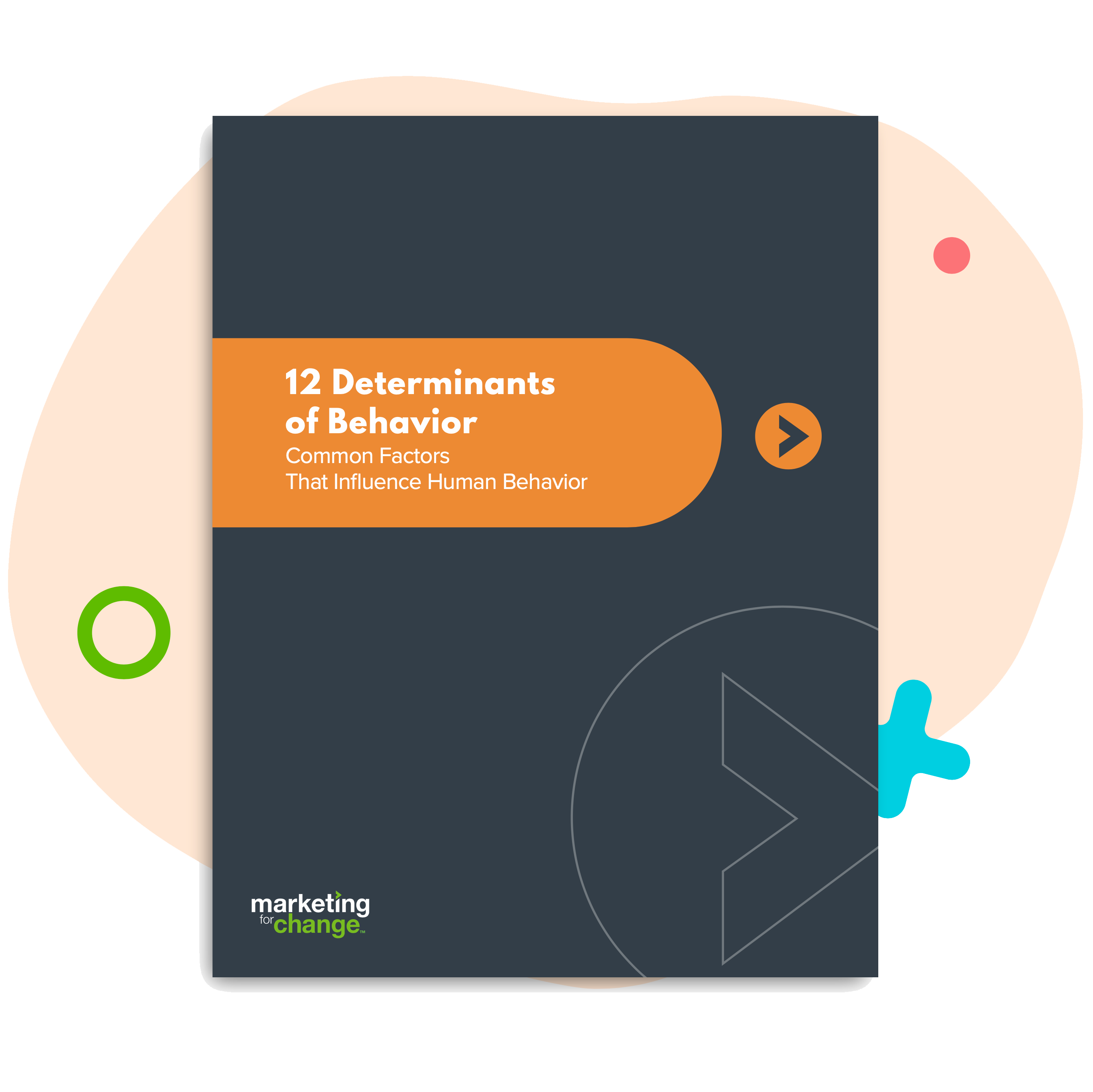
Love Us, Hate Them
As humans, we are driven to be part of an in-group. To feel part of a social collective bigger than ourselves.
It makes sense. Our ancestors relied on their peeps for more than liking their social posts. Having a tribe was a matter of survival.
We instinctively draw a dividing line. There’s us. And there’s them.
You may be telling people they don’t belong without even realizing it.
In-group signaling
On a recent road trip through the Southeast, my husband and I spotted a semi flying a Biden flag. We looked at each other in surprise. As we pulled closer, we realized the flag said F*** BIDEN. A large sticker on the back of the truck added: AND F*** YOU IF YOU VOTED FOR HIM.
Some people’s in-group signals are clear.
Also recently, I told a good friend who supports diversity, equity and inclusion (now banned in our home state of Florida) that I was interested in emerging efforts to bring divided communities together by focusing on shared values.
She said she didn’t think she shared any values with anyone who voted for Trump.
“Inclusion” isn’t necessarily all inclusive. It can be another in-group marker. You might as well fly a flag that says “my inclusion doesn’t include you.”
3 ways to bridge the divide
When half the country wants nothing to do with the other half – and vice versa – building bridges can seem like an impossible task.
But I firmly believe that most people are decent. The bad actors – amplified by social media’s echo chambers and a social sanctioning of incivility – grab all the attention. And their bad behavior is sending the rest of us running for our corners.
Here are some ways to bring people back into the middle of the ring while reducing their urge to fight.
- Find ways to bring people together.
Given the chance, I’m pretty sure I could sit the trucker down with my friend and facilitate a conversation – or even better, an activity – that would surface a shared humanity.
One of the best ways to reduce us vs. them mentality is to bring people together to work towards a common goal. It also helps to make space for both sides to listen and feel heard.
This kind of facilitation is deep, effortful, ongoing, place-based work. Most of us can’t engage in this full-time but we can find find and support organizations that do – like the nonprofit Community Builders, who brokered peace in a bitterly divided Colorado town, or Braver Angels, a cross-partisan effort to decrease polarization and restore our nation’s shared sense of citizenship.
We can also work to ensure our inclusivity is actually inclusive and to avoid in-your-face flags, T-shirts and social media posts, as well as more subtle signals that denigrate the “other” side.
- Words matter – and not in the way you might think.
Our agency was recently tasked with developing a strategy to help a community health foundation address structural racism. While the foundation is working with local organizers to dismantle racist laws and practices, they also want to engage those who are less involved and potentially put off by the topic. One of our key recommendations was to avoid using the term “structural racism” with this new group.
National research shows that while most Americans broadly support policy change to address the ramifications of racism, many are uncomfortable with the framing.
We’d rather engage all parties who have a role to play in dismantling structural racism than educate people about the need to do so. So we leaned into equal opportunity and other shared values that would get us where we needed to go.
If you want to build broader support for a cause or shared goal, make sure your words don’t shut down a promising dialogue before it begins. This can be hard with today’s culture wars and the continual shifts in which terms or phrases might trigger in-group identities. But rather than assuming your “join us” invitation is taken at face value, examine whether you are communicating in ways that turn people away before you’ve had a chance to say hello.
- Find a ‘superordinate’ identity.
First, I just love that word “superordinate.” Second, social identity theory tells us that emphasizing this type of overarching shared identity and highlighting collective aspirations can reduce intergroup tensions.
Not surprisingly, many effective community-building initiatives are place- or activity-based. This can be one of the simplest ways to keep a focus on shared values and goals that supersede smaller in-group differences.
But all change efforts that want to widen the tent can benefit from perspective taking. Make the effort to understand how your communications and strategic positioning land with all those you seek to reach – not just those who currently think like you. Look for common threads that can tie people together.
As change agents, our challenge is to weave those threads into a bigger tent. Let’s create spaces where more of us to can see and celebrate our common humanity.

Sara Isaac is Chief Strategist at Marketing for Change.






